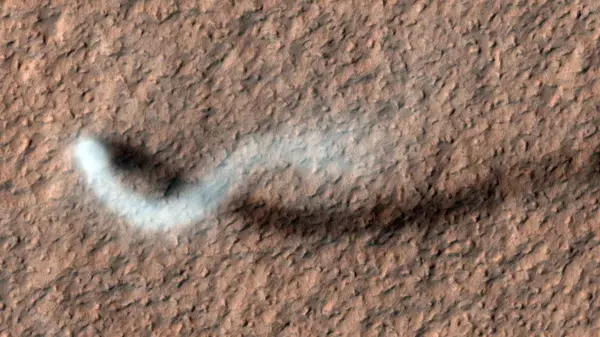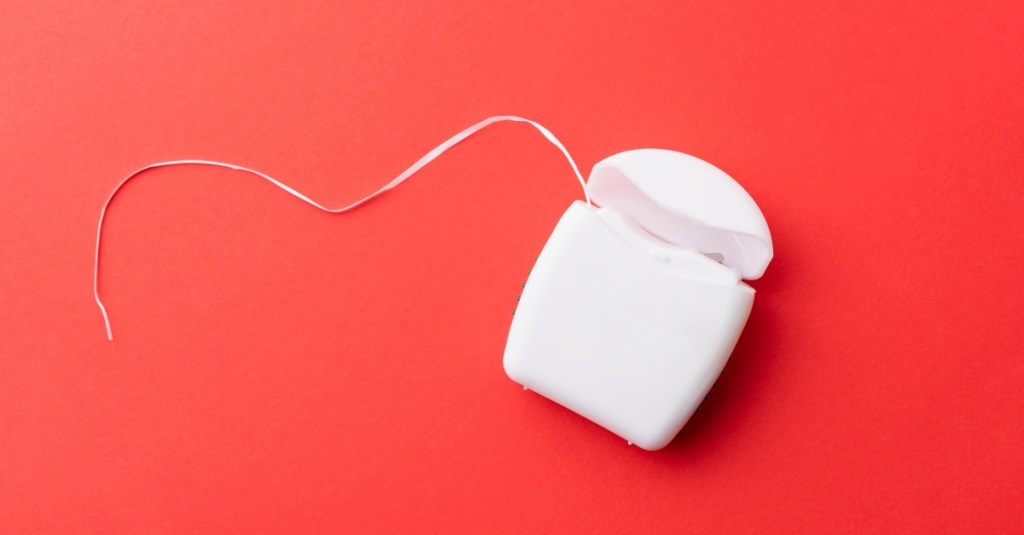Recent research has unveiled a groundbreaking approach to vaccine delivery, utilizing dental floss as a potential method to administer flu vaccines. Scientists from North Carolina State University have discovered that flossing may not just promote oral health but could also serve as a conduit for immunization, marking a significant advancement in vaccine technology.
In a study published in Nature Biomedical Engineering, researchers led by Harvinder Gill demonstrated that coating dental floss with proteins and an inactive flu virus could trigger immune responses in mice. By inserting this specially treated floss between the teeth of the rodents, the team found that approximately 75 percent of the protein was absorbed into the gum tissue. Remarkably, two months later, the immune systems of these mice were activated, generating antibodies not only in saliva but also in the lungs, spleen, and bone marrow.
The innovative procedure, which involved flossing a mouse—an endeavor that might sound peculiar—proved effective. Gill and his colleague, Rohan Ingrole, employed a technique that involved holding the mouse’s mouth open while delicately flossing its gums with the vaccine-laden thread. Following three sessions of this unusual method, the vaccinated mice were exposed to the actual flu virus. All of the vaccinated mice survived, while those that did not receive the vaccine did not fare as well.
Potential for Human Application
To gauge the feasibility of this method for human use, the researchers conducted a preliminary test with floss picks coated in food dye. Involving 27 participants, the study revealed that about 60 percent of the dye was absorbed into their gums. Feedback indicated that many participants favored this method over traditional needle vaccinations, suggesting that a floss-based vaccine delivery system may be well-received.
The findings underscore the importance of exploring alternative vaccination methods, particularly for individuals who experience anxiety related to needles. With the potential to integrate a mundane daily routine like flossing into the vaccination process, this research opens avenues for broader public acceptance of vaccines.
As researchers continue to refine this technique, the implications for public health could be substantial. If proven effective in larger clinical trials, the use of dental floss for vaccine administration could transform how people receive immunizations, ultimately leading to increased vaccination rates and improved health outcomes.
This novel approach demonstrates the intersection of dental hygiene and immunization, highlighting the innovative spirit in scientific research. The future of vaccines may very well lie in the unlikeliest of tools—dental floss.



































































